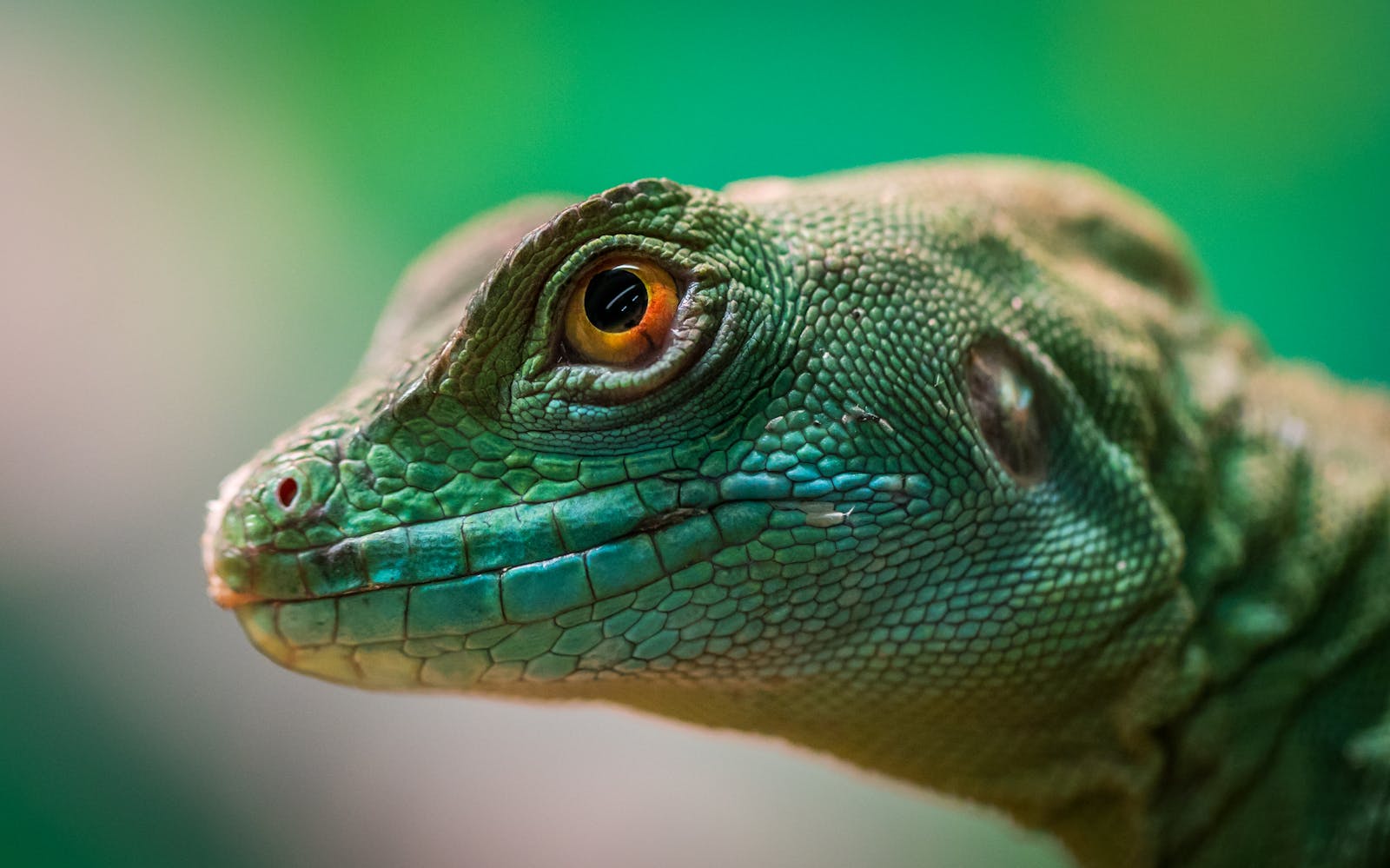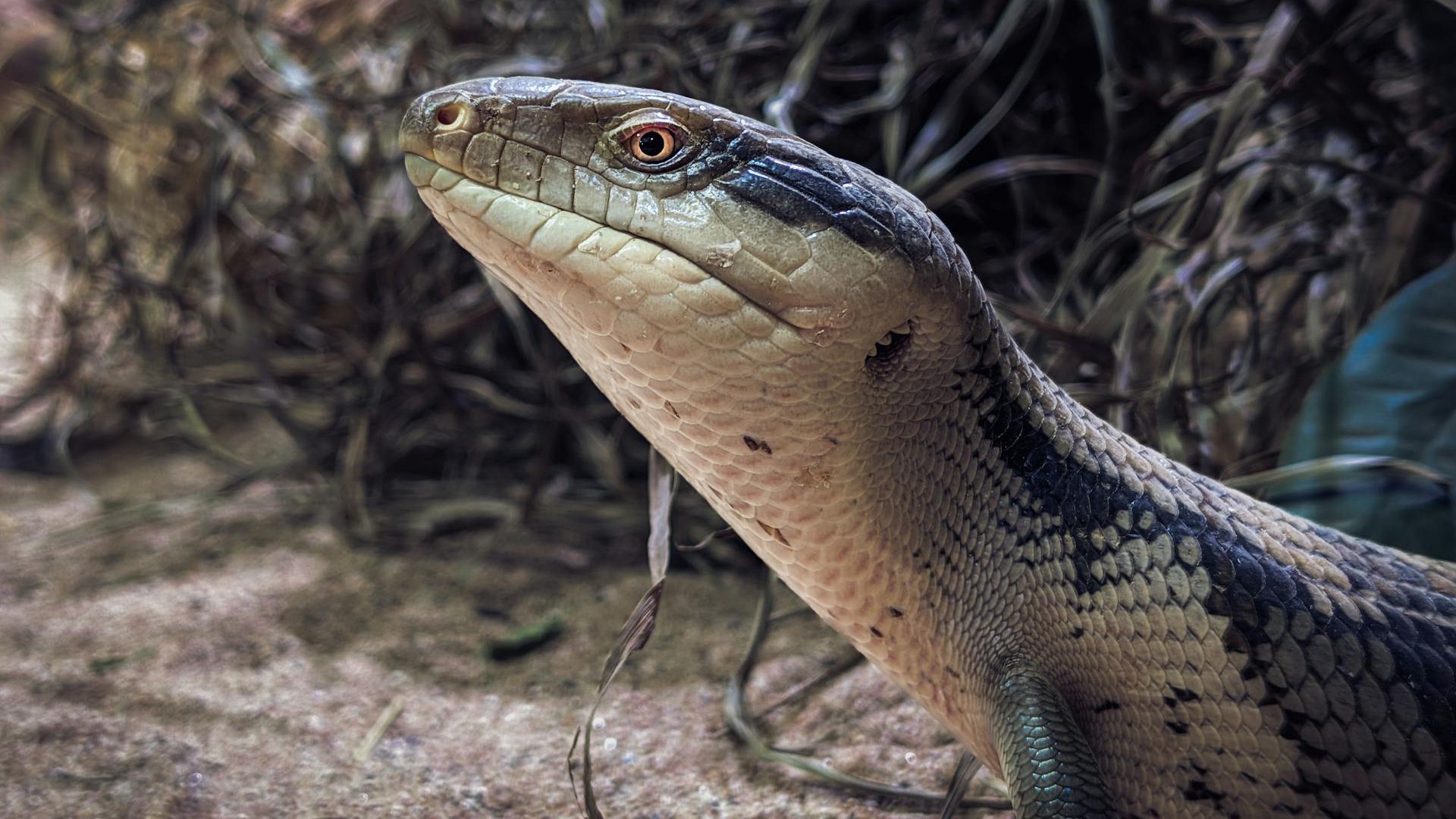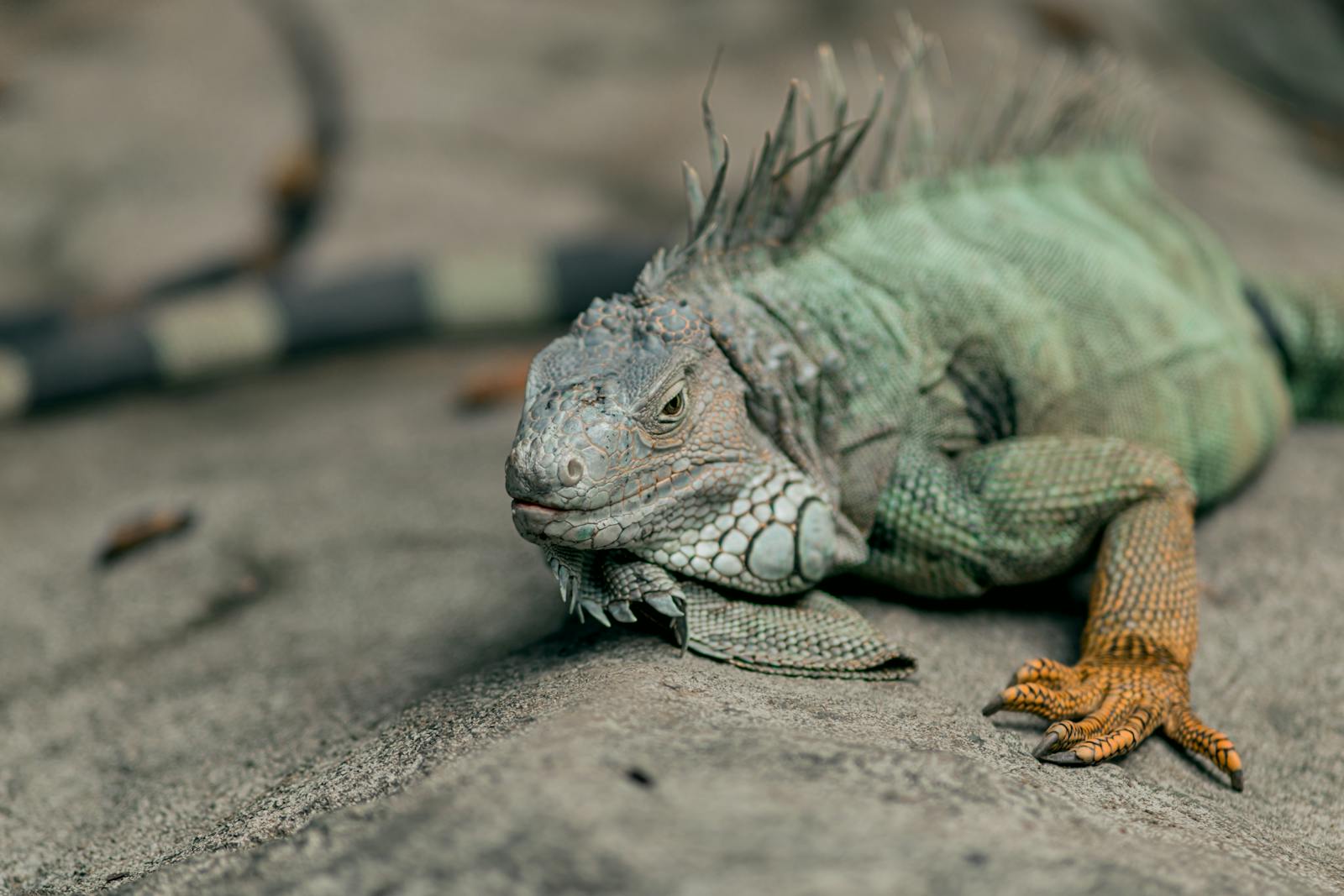Urban sprawl continues to transform natural landscapes across the globe, creating novel ecosystems that challenge wildlife to either adapt or disappear. Among the most successful adapters are lizards—resilient reptiles that have shown remarkable ability to thrive in concrete jungles alongside human populations. From skyscrapers in Singapore to suburban gardens in Phoenix, these scaly survivors have developed fascinating adaptations that allow them to capitalize on the opportunities that urban environments provide. This article explores how different lizard species modify their behavior, physiology, and life history strategies to navigate the unique challenges and advantages of city living.
The Urban Heat Island Effect: A Double-Edged Sword
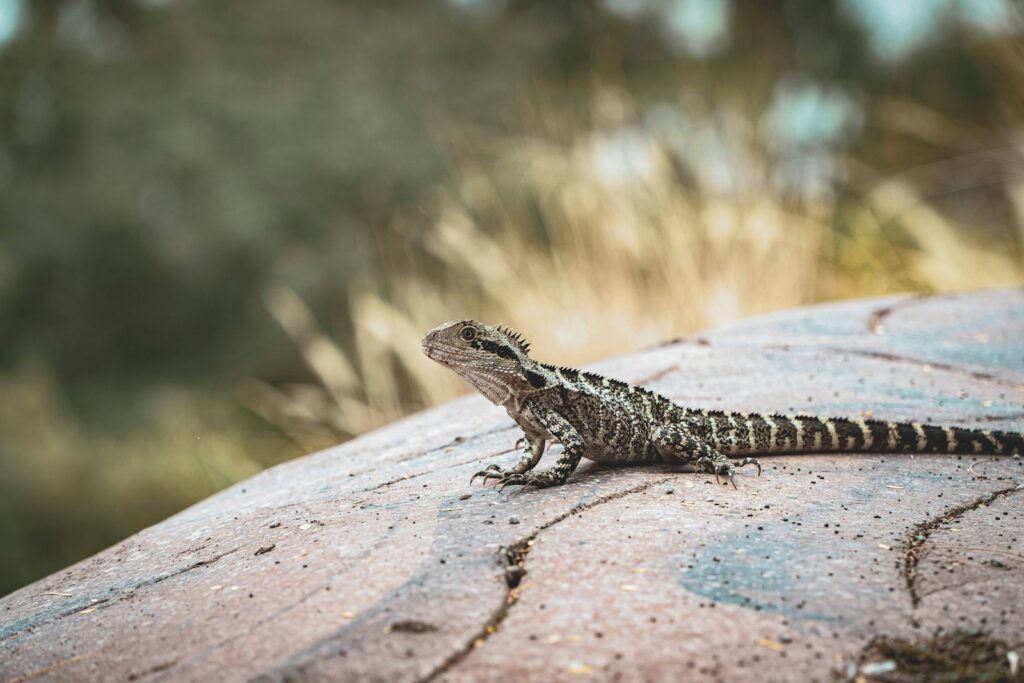
Cities are consistently warmer than surrounding rural areas due to the urban heat island effect, where concrete, asphalt, and buildings absorb and retain heat. For ectothermic lizards that rely on external heat sources to regulate their body temperature, this urban warmth can be advantageous, especially in temperate regions where it extends their active season. Research on the Puerto Rican crested anole (Anolis cristatellus) has shown that urban individuals can remain active for longer periods compared to their forest-dwelling counterparts. However, this heat can become dangerous during extreme temperature events, forcing urban lizards to develop specialized behavioral strategies to avoid overheating. In some desert cities like Phoenix, lizards must become experts at utilizing small patches of shade and adjusting their activity periods to early morning or late evening to escape potentially lethal midday temperatures.
Architectural Exploitation: Vertical Habitats
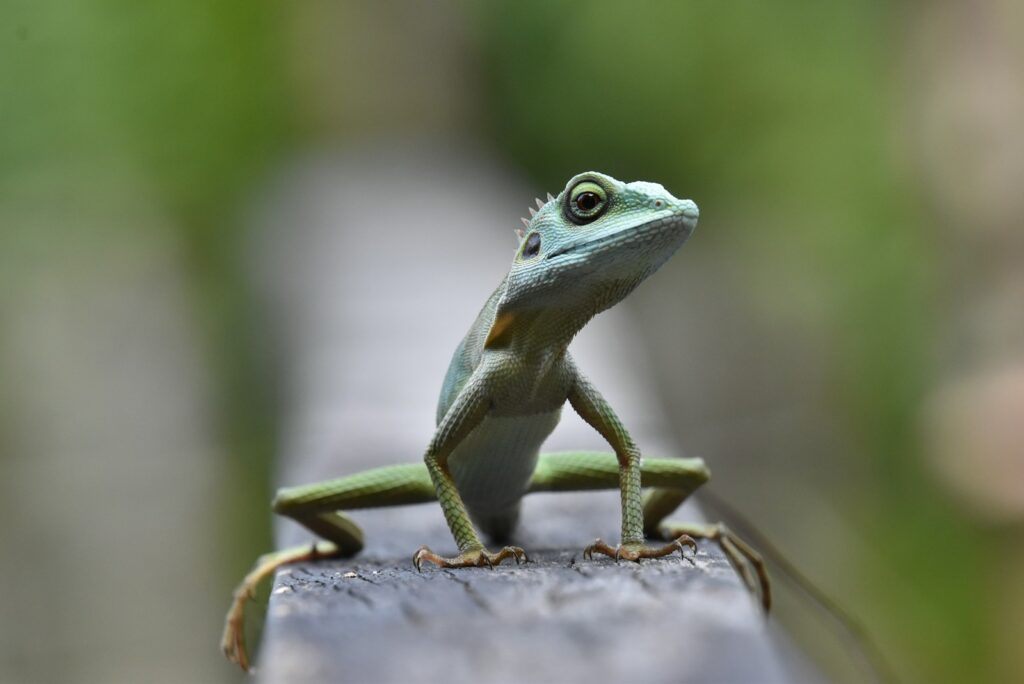
The vertical structures of urban environments—buildings, walls, and fences—mimic the natural cliff faces and trees that many lizard species have evolved to utilize. Common wall lizards (Podarcis muralis) in European cities demonstrate remarkable adaptability in using these artificial vertical surfaces for basking, hunting, and escape routes. Studies in Puerto Rico have shown that urban Anolis lizards have developed longer limbs and larger toe pads with more specialized scales that enhance their grip on smooth artificial surfaces. This architectural exploitation isn’t limited to exterior surfaces—some geckos have become entirely commensal with humans, living exclusively inside buildings where they hunt insects attracted to artificial lighting. The gecko’s ability to climb walls and ceilings using specialized toe pads makes them particularly well-suited to exploit these novel three-dimensional urban habitats that other animals cannot access.
Dietary Flexibility: New Food Sources
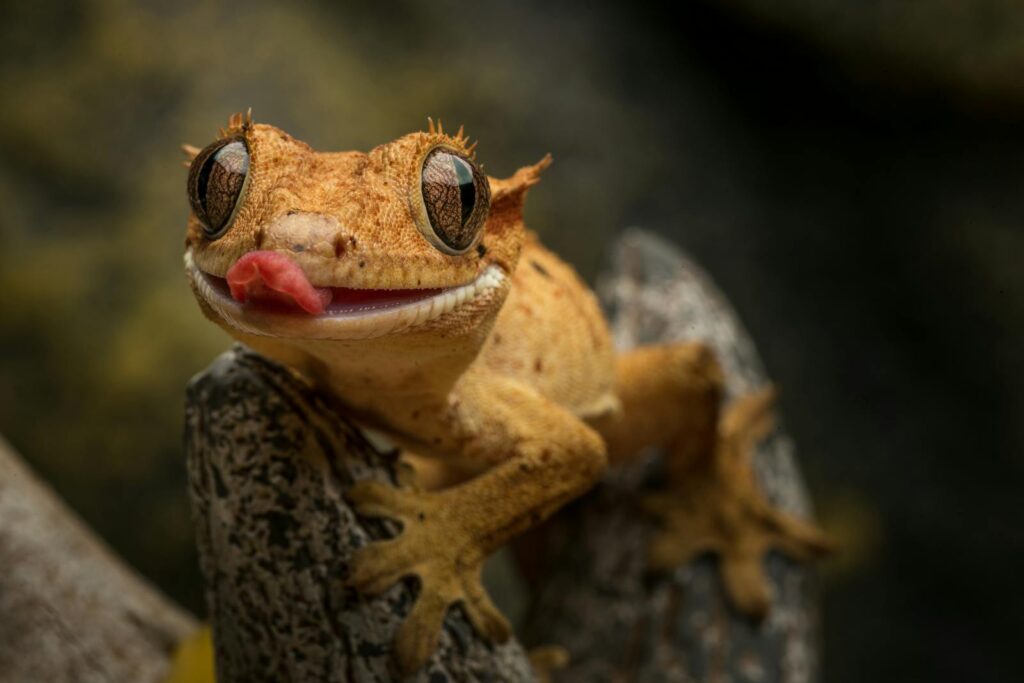
Urban environments offer novel and often abundant food resources that adaptable lizards quickly learn to exploit. Many species shift from their natural insect diet to include human food scraps, which can be reliably found near outdoor restaurants, picnic areas, and garbage collection points. The Italian wall lizard (Podarcis siculus) has shown significant changes in gut morphology and digestive enzyme production in urban populations that consume more plant material and processed foods than their rural counterparts. Some urban lizards have also become adept at hunting around artificial lights, where insects gather in concentrations far exceeding what would be found in natural habitats. Research in Brazil has documented geckos positioning themselves strategically near streetlights and porch lights, creating hunting territories that they defend aggressively from other lizards seeking to capitalize on these insect bonanzas.
Behavioral Boldness: Adapting to Human Presence

One of the most notable shifts in urban lizard populations is their increased tolerance for human presence, often developing what researchers call “boldness traits.” Studies comparing urban and rural populations of the same species consistently find that city-dwelling individuals allow humans to approach more closely before fleeing, a behavioral adaptation known as reduced flight initiation distance. This behavioral shift is likely adaptive, as lizards that constantly flee from non-threatening humans would waste valuable energy and foraging time in busy urban areas. Western fence lizards (Sceloporus occidentalis) in California’s urban parks demonstrate this adaptation clearly, with individuals becoming habituated to continuous human foot traffic while remaining appropriately wary of actual predators. Interestingly, this behavioral adaptation appears to be both learned and heritable, with captive-bred offspring of urban lizards showing bolder traits even without direct experience with humans.
Predator Pressure Changes: New Threats and Escapes
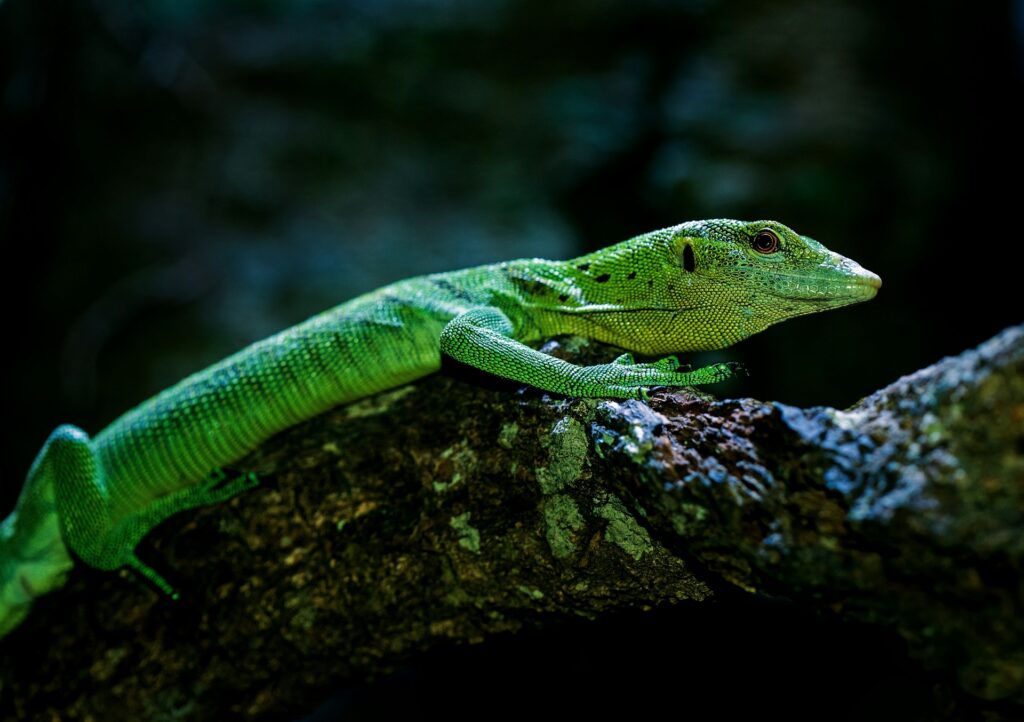
The predator landscape in urban environments differs dramatically from natural habitats, requiring lizards to adjust their anti-predator strategies accordingly. Many natural predators like snakes and birds of prey may be less common in cities, but domestic cats, crows, and even vehicle traffic represent novel threats. Urban fence lizards have been observed modifying their escape tactics, using storm drains, building crevices, and human structures as refuge rather than the natural vegetation they would typically flee to in wild habitats. Research in Puerto Rico has shown that urban Anolis lizards have developed faster sprint speeds compared to forest populations, likely in response to the need for rapid escapes on open urban surfaces. Some species also adjust their coloration in urban settings, with darker phenotypes being selected for in environments with more artificial dark surfaces, providing better camouflage against these novel backgrounds.
Reproductive Adaptations: Changes in Life History
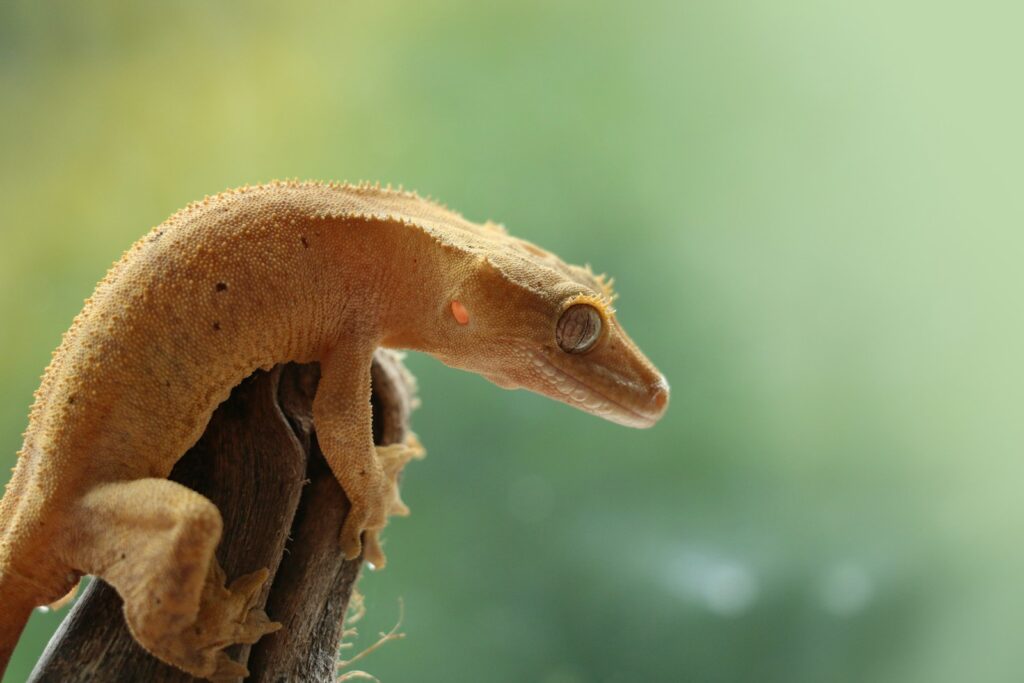
The unique pressures and opportunities of urban environments drive changes in lizard reproductive strategies. Several studies have documented earlier breeding seasons in urban populations, likely responding to the warmer microclimate and potentially extended active seasons. Urban female lizards often produce more clutches per year than their rural counterparts, capitalizing on the more consistent availability of food and water resources in human-dominated landscapes. Interestingly, some species like the common garden skink (Lampropholis guichenoti) in Australian cities have been found to produce fewer, larger eggs in urban environments—a strategy that may produce more competitive offspring in the densely populated urban areas. Research on the Puerto Rican crested anole has revealed that females in urban populations mature earlier and at smaller body sizes than forest populations, suggesting a shift toward rapid reproduction in potentially more unstable urban environments.
Fragmentation Survival: Navigating the Urban Mosaic
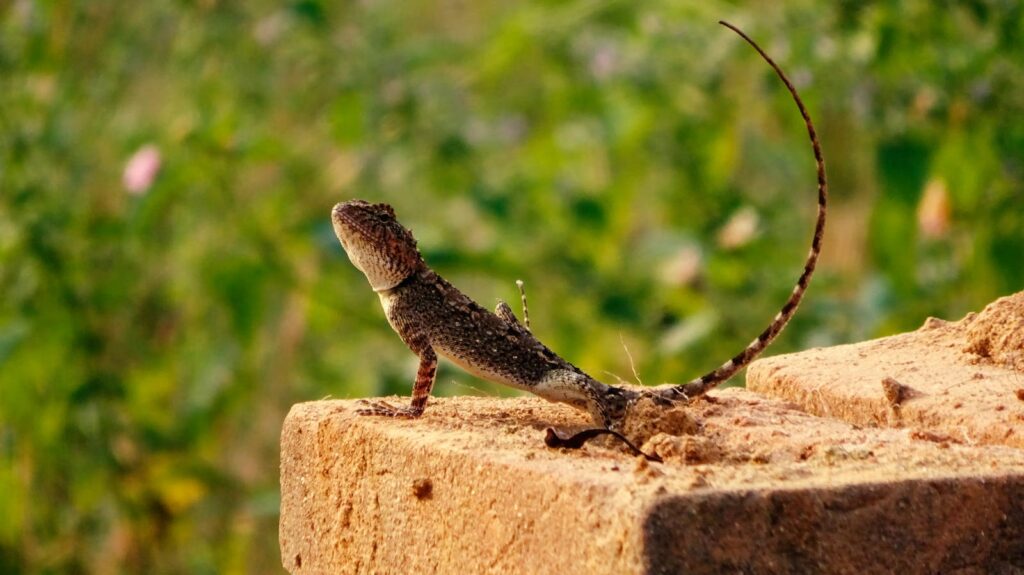
Urban environments represent highly fragmented landscapes where suitable habitat patches may be separated by inhospitable areas like roads, parking lots, and buildings. Successful urban lizard species demonstrate remarkable abilities to navigate this complex mosaic. Studies tracking marked individuals have shown that small lizards like anoles and geckos create mental maps of their urban territories, memorizing safe routes between foraging sites, basking locations, and shelter. Puerto Rican crested anoles in urban San Juan maintain smaller territories than their forest counterparts, maximizing their use of limited suitable habitat patches. Some species have even been documented using human transportation networks unintentionally, with fence lizards occasionally moving between habitat fragments by hitchhiking on vehicles or construction materials, facilitating gene flow between otherwise isolated urban populations.
Pollution Tolerance: Physiological Resilience
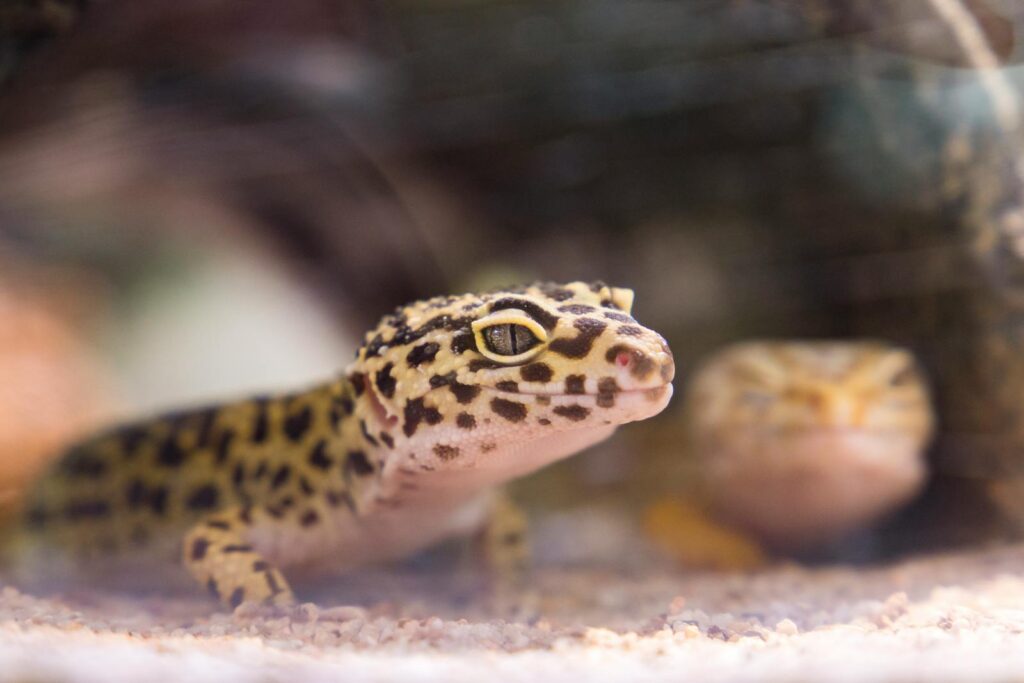
For lizards to thrive in urban environments, they must develop tolerance to various pollutants found at higher concentrations than in natural habitats. Western fence lizards in industrial areas have shown increased production of detoxifying enzymes that help them process heavy metals and air pollutants that would otherwise cause physiological damage. Some urban lizard populations demonstrate enhanced immune function, possibly as an adaptation to higher pathogen loads or novel parasites in city environments. Studies on the common wall lizard in industrial European cities have documented genetic changes related to stress hormone regulation, allowing urban individuals to maintain lower baseline stress levels despite living in disturbed environments. This physiological resilience represents one of the most remarkable and least visible adaptations, occurring at the cellular and molecular level but enabling survival in otherwise toxic urban conditions.
Invasive Success: Urban Gateways

Urban environments often serve as entry points and strongholds for invasive lizard species that may struggle to penetrate undisturbed natural ecosystems. The brown anole (Anolis sagrei), native to Cuba and the Bahamas, has successfully invaded urban areas throughout the southeastern United States by first establishing populations in disturbed urban habitats before sometimes spreading into natural areas. Cities provide these invasive species with advantageous conditions including reduced competition, fewer natural predators, and anthropogenic heat that may mimic their native climate conditions. The Mediterranean house gecko (Hemidactylus turcicus) has become established in cities worldwide far beyond its native range, spreading through global shipping networks and thriving specifically in urban buildings where native competitors are often absent. These urban adaptable invasive species can sometimes outcompete native lizards in cities, creating pressure for natives to either adapt or be displaced from urban environments.
Microhabitat Selection: Finding Oases in the Concrete Desert
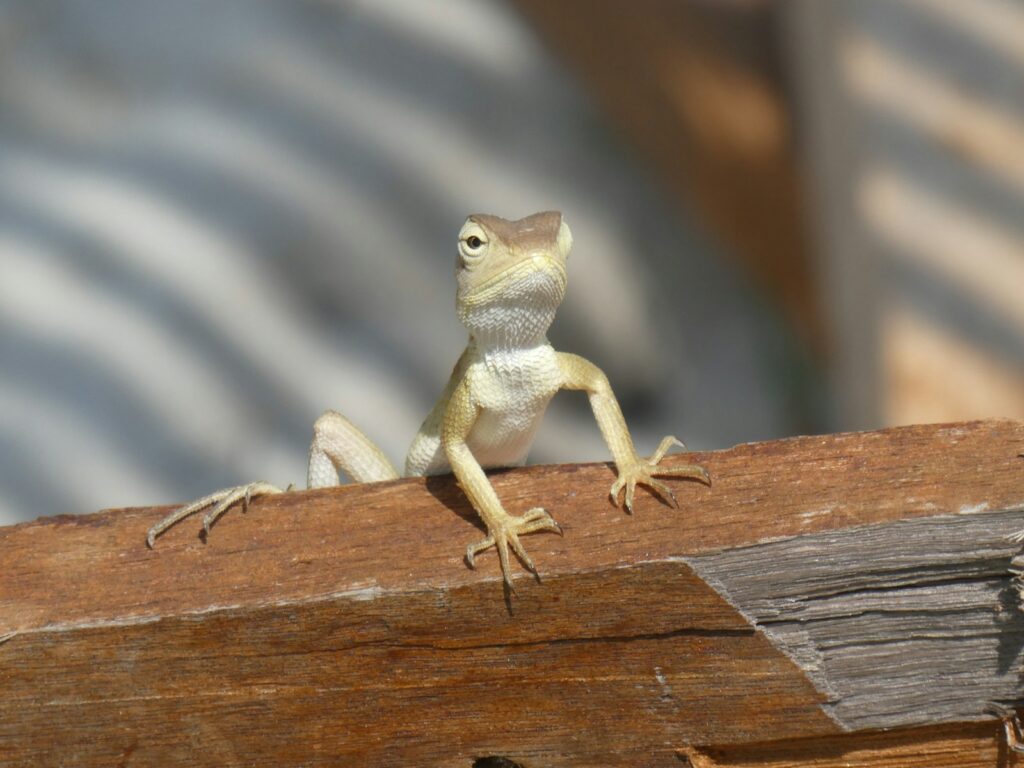
Successful urban lizards become experts at identifying and utilizing small patches of suitable habitat within the largely artificial city landscape. Studies using thermal imaging have revealed that urban lizards are highly selective in choosing microhabitats with appropriate temperatures, often utilizing specific building materials that provide optimal thermal properties for basking and cooling. The western fence lizard in California cities shows sophisticated microhabitat selection, preferring south-facing walls in the morning and moving to shaded areas with specific thermal properties during hot afternoons. Even small urban gardens and patches of vegetation serve as critical resources, with research documenting remarkably high densities of lizards in tiny green spaces that provide both insect prey and vegetation cover. Urban common garden skinks in Australia have been observed utilizing artificial sources of moisture like air conditioner drip lines and irrigation systems, especially during dry periods when such water sources become survival-critical resources.
Morphological Changes: Physical Adaptations to City Life
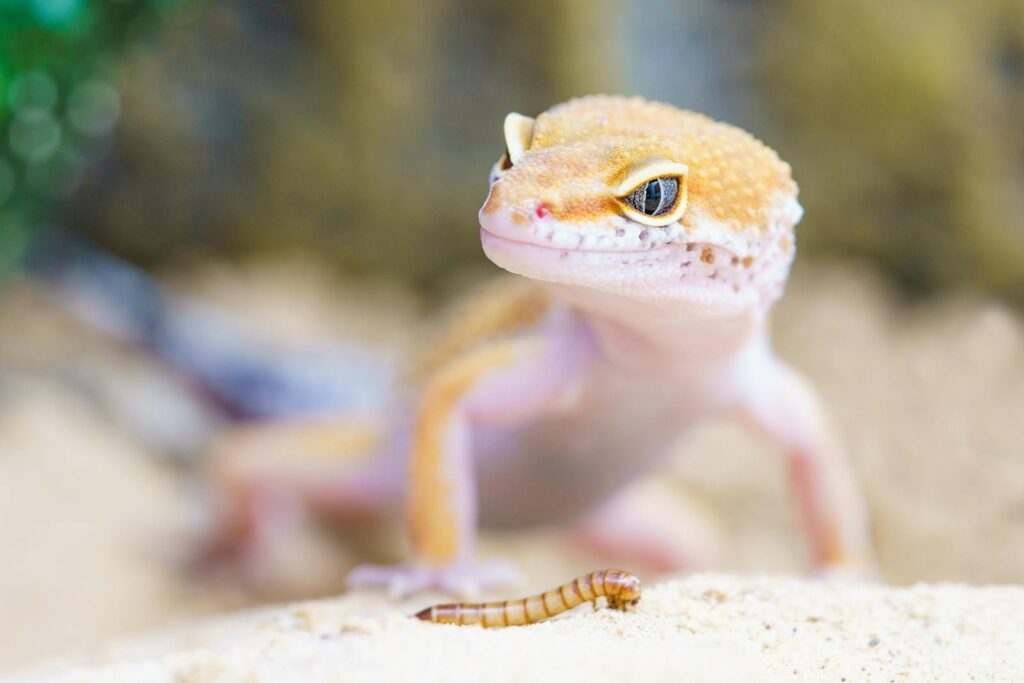
Beyond behavior, urban lizards often undergo physical changes that reflect adaptation to urban pressures. Studies comparing the toe pad structure of urban and forest Anolis populations have documented enlarged subdigital pads with modified scales that improve adhesion to smooth artificial surfaces common in cities. In some species, limb length changes have been observed, with urban individuals developing longer limbs that improve running speed on open surfaces like sidewalks and walls. Interestingly, urban fence lizards have shown changes in claw morphology, developing slightly more curved claws that may improve grip on vertical artificial surfaces. Research on multiple urban lizard species has documented shifts in head shape and jaw musculature corresponding to dietary changes, with some urban populations developing stronger bite force to process novel food items not encountered in natural habitats.
Conservation Implications: Urban Lizards as Models
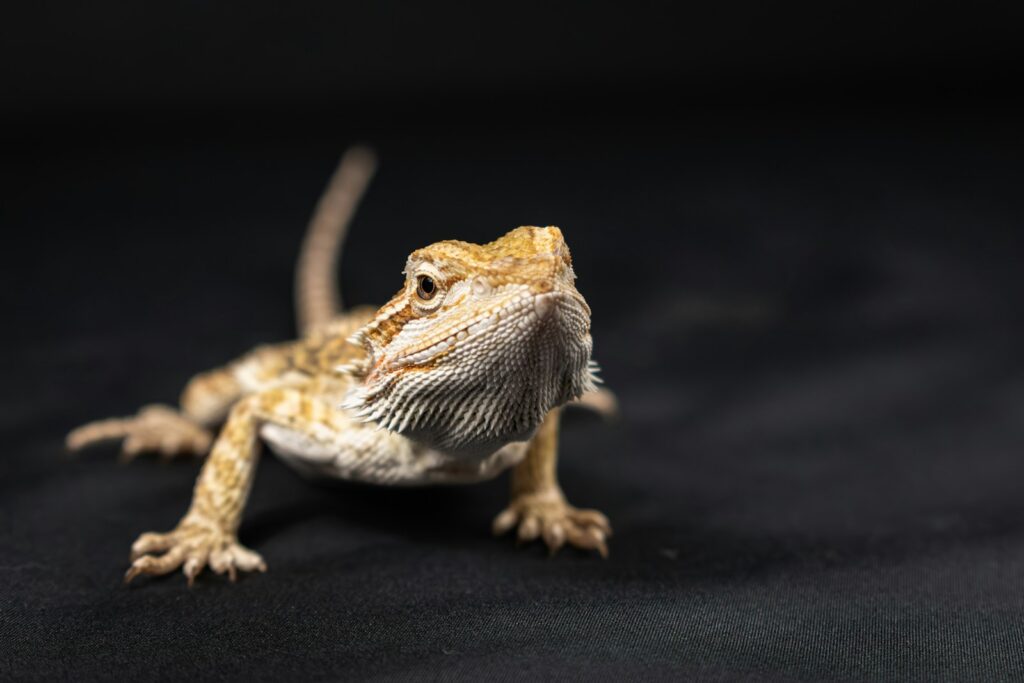
The success of lizards in urban environments offers valuable insights for wildlife conservation in an increasingly urbanized world. Studying which traits allow certain lizard species to thrive in cities while others disappear can help researchers predict which animals may require intervention as urbanization continues. Urban lizard populations serve as natural experiments in rapid adaptation, providing windows into evolutionary processes that typically occur over much longer timescales. Conservation biologists are now studying successful urban adapter species to inform urban planning practices that could make cities more hospitable to a wider range of wildlife beyond just the most adaptable species. Additionally, some cities are implementing “lizard-friendly” infrastructure elements like specifically designed retaining walls with appropriate crevices and thermal properties that can support native lizard populations while still serving human needs.
Conclusion: Evolutionary Success Stories in Human Landscapes

Urban lizards represent remarkable evolutionary success stories, demonstrating the potential for wildlife adaptation even in the most human-modified environments. Through behavioral flexibility, physiological tolerance, and rapid adaptation, these reptiles have turned our cities into novel ecosystems where they not only survive but often thrive. As urbanization continues to transform landscapes worldwide, these adaptable creatures offer both cautionary tales about species that cannot adjust quickly enough and hopeful examples of nature’s resilience. The specific adaptations documented in urban lizard populations—from boldness traits to modified toe pads—highlight the extraordinary capacity for some wildlife to evolve in response to anthropogenic change, sometimes within just a few generations. By understanding how these masters of urban adaptation navigate our constructed world, we gain insights that may help us build cities that better accommodate biodiversity while serving human needs.


